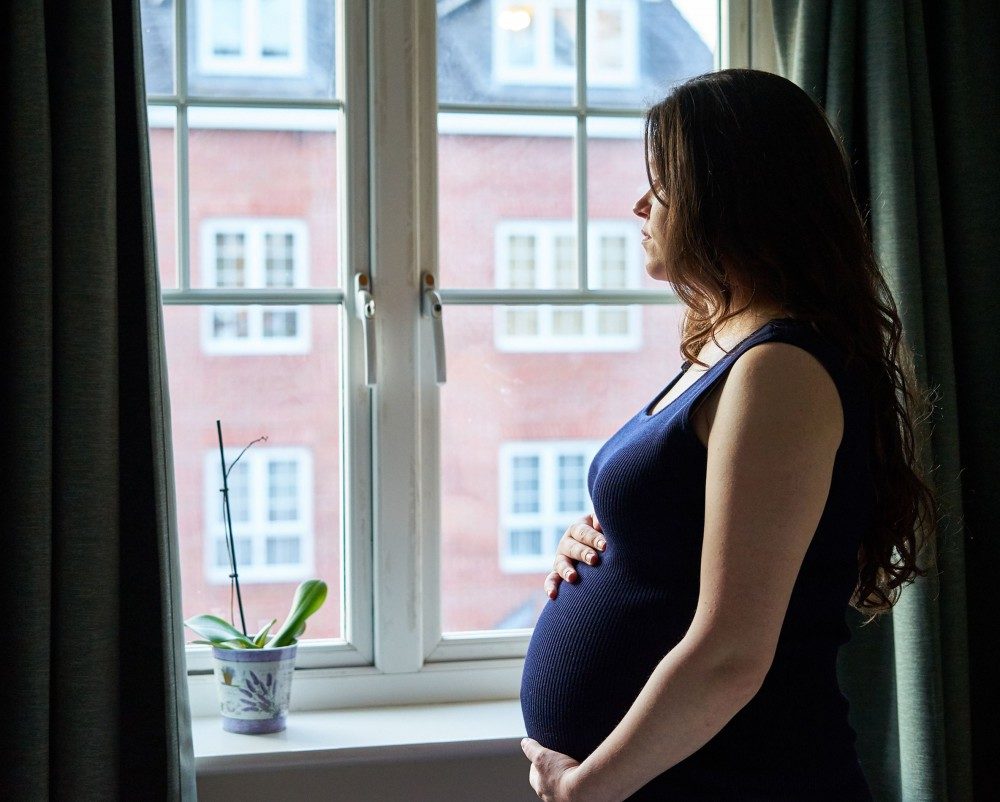Almost all pregnant women have had the most dreadful thought of a miscarriage, which is why women take utmost precaution in ensuring the baby is not harmed in any case. However, at times, pregnant women can experience health issues like unexplained pain or vaginal bleeding.
What is a Threatened Abortion?
In the first 20 weeks of pregnancy, nearly 1/3rd of women have bleeding from the vagina and complete the entire term of pregnancy. However, in some mothers, vaginal bleeding could be accompanied by abdominal pain and cramping in the region. These signs could reflect the possibility of a miscarriage which needs pre-emptive measures to protect the mother. Since it is a possibility, it is called as threatened abortion or threatened miscarriage.
Symptoms of Threatened Abortion
- Along with the vaginal bleeding, there is cramping in the abdominal area
- Either dull but constant or sharp pain in the abdominal region or the lower back
- A clot or a tissue passing out from the vagina
Causes of Threatened Abortion
- Certain anomalies such as down syndrome, Edward’s syndrome, and patau syndrome present in the chromosomes of the embryo have been seen to be responsible for a miscarriage in the initial stages of pregnancy.
- Most women face threatened abortion due to the cervix that can’t hold the baby. Other reasons such as fibroids of the uterus or even the presence of other diseases and conditions could lead to threatened abortion/miscarriage.
- Any swelling or inflammation in the interior parts of the uterus could trigger an abortion as well.
- Fever, chills, extreme fatigue, and physical, mental, emotional stress are all factors that could lead to a threatened abortion.
- Mothers who have had multiple children have higher chances of a threatened miscarriage.
- The blood types of the mother and the fetus could lead to threatened abortion. In the case of an Rh-negative mother and an Rh-positive fetus, the mother’s body would create antibodies to attack the fetus.
Risk factors
- Bacterial or viral infection during pregnancy
- Trauma to the abdomen
- Advanced maternal age (over age 35)
- Exposure to certain medications or chemicals
- Obesity
- Uncontrolled diabetes
Diagnosis
Every pregnant woman in the case of vaginal bleeding and abdominal pain should get a thorough diagnosis done for threatened abortion. Doctors start from the source of the problem and try to make out the reason for vaginal bleeding. Simultaneously, also check if the amniotic sac is intact. This examination usually includes checking the vagina, uterus, and cervix for any anomalies.
The doctor would then recommend an ultrasound to check fetal health, the heartbeat, and whether the growth is normal. For bleeding emerging from the uterus, an ultrasound helps confirm it and allows the doctor to take necessary actions. In the initial weeks of pregnancy, doctors prefer images obtained from transvaginal ultrasound instead of a transabdominal because the image quality is better. The probe of a transvaginal ultrasound is inserted a few inches deep in the vagina to create a vivid image of the internal fetal structure using high-frequency sound waves. However, in cases of excessive bleeding, transabdominal ultrasound is preferred. Also, the images from the transvaginal cannot rule out anomalies for which transabdominal ultrasound is preferred.
Since hormones can also be responsible for the condition, a blood test is done that includes a full blood count would be undertaken to measure the levels of HCG (human chorionic gonadotropin) as well as progesterone. Both these hormones are produced to invoke and support pregnancy and are necessary to be pregnant in a pregnant woman’s body in the right amount and the blood test can be done in early pregnancy only (up till a maximum of 12 weeks).
Treatment
- Bedrest is the main requirement to recover from threatened abortion. Any kind of physical activity like sexual intercourse should be strongly avoided.
- In case of the presence of diabetes or thyroid-related complications, the doctor might prescribe appropriate medication to treat to ensure a healthy pregnancy.
- In certain cases, when the mother’s blood type is RH negative while the fetus’s is RH positive, the mother’s body would start creating antibodies and combat the format of the fetus’ blood. In such cases, doctors administer rh immunoglobulins.
- If the tests reveal reduced levels of hormones, the doctor will prescribe progesterone.
- To stop the bleeding or uterine contractions, the doctor may prescribe hemostatic drugs.
Prevention
- Avoid alcohol, tobacco, drugs, and cigarettes completely
- Reduce the intake of caffeine drinks to the very minimal
- Refrain from consuming any food items that are known to be dangerous during pregnancy
- Treat infections as soon as diagnosed
- Have a healthy and balanced diet with supplementary nutrients and vitamins
- Follow a safe and healthy exercise daily routine under medical supervision
- Avoid exposure to dangerous chemicals and polluted/stressful environments
Conclusion
Management of threatened abortion is not simply a medical activity. The entire process can affect a mother emotionally and cause anxiety and stress during pregnancy. Talk to a doctor.
References –













